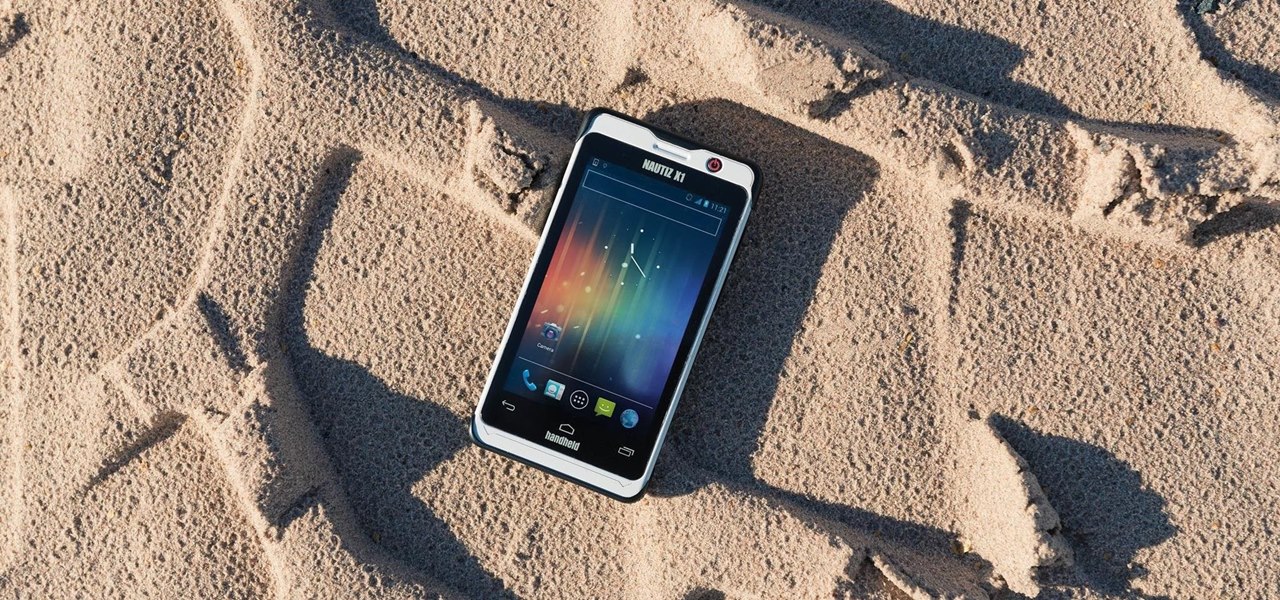mobile phone charging kiosk singapore
Internet connections with GPRS. [1] EDGE, radios interface technology with enhanced modulation, increases the HSCSD and GPRS data rates by up to three fold. EDGE modulation is going to increase the data throughput provided by the packet switched service even over 400 kbps per carrier. Similarly, the data rates of circuit switched data can be increased, or existing data rates can be realized using fewer timeslots, saving capacity.

Accordingly, these higher speed data services are referred to as EGPRS (Enhanced GPRS) and ECSD (Enhanced Circuit Switched Data). EDGE, is a major improvement in GSM phase 2+. As a modification to existing GSM networks, EDGE does not require network elements. [1] In the US, for instance, EDGE is part of the IS-136 High Speed concept, which is one of the third generation Radio Transmission Technology (RTT) proposals from TR.45. EDGE is historically going to be standardized which makes possible to achieve a global mobile radio system with many services characteristic to third generation systems. 2. Overview The increased bit rates of EDGE put requirements on the GSM / GPRS network architecture.
Swift Programs In cell phones Described - mobile phone charging kiosk singapore
Figure. 1 illustrates the GSM / GPRS architecture, the shaded parts of which are discussed in this section. Other nodes and interfaces are not affected at all by EDGE introduction.

An identical bottleneck is the A-bis interface, which today supports up to 16 kb / s per traffic channel. With EDGE, the bit rate per traffic channel will approach 64 kb / s, which makes allocation of multiple A-bis slots to one traffic channel necessary. Alternative asynchronous transfer mode (ATM) or IP-based solutions to this problem can also be discussed. One important fact is, however, that the 16 kb / s limit will be exceeded already by the introduction of two coding schemes (CS3 and CS4) in GPRS, which have a maximum bit rate per traffic channel of 22.8 kb / s. Consequently, the A-bis limitation problem is being solved outside the EDGE standardization, and it is there a GPRS related, not EDGE-related, modification.
For GPRS-based packet data services, other nodes and interfaces are already capable of handling higher bit rates, and are not affected. For circuit-switched services, the A interface can handle 64 kb / s per user, which is not exceeded by EDGE circuit-switched bearers. [9] 2.1. Impact on GSM Network Planning An important prerequisite, which to a large extent will determine the success of EDGE in GSM, is that a network operator be able to introduce EDGE gradually. For initial deployment, EDGE-capable transceivers will supplement standard GSM / GPRS transceivers in a subset of the existing cells where EDGE coverage is desired.
mobile phone charging kiosk singapore - Rapid Solutions Of accessories for smartphones - An Update
Here, an integrated mix of GSM, GPRS, and EDGE users will coexist in the same frequency band. To minimize effort and cost for the network operator, radio network planning (including cell planning, frequency setting of power and other cell parameters) must not require extensive modification. 2.1.1. Coverage Planning One characteristic of non-transparent radio link protocols that include automatic repeat request (ARQ), is that low radio link quality only results in a lower bit rate for the user.
Here, low SIR for a user does not result in a dropped call, as for speech, but in a temporary decrease of user bit rate. For transparent bearers, which typically offer a constant bit rate, link quality control must be extended to incorporate resource allocation, in the sense that the number of dynamically allocated time slots sets the bit rate and bit error rate (BER) retirements. Transparent bearers, will so be available in the GSM GSM cell, but require fewer time slots in the center of the cell (where 8-PSK coding schemes can be used). 2.1.2. Frequency Planning Most mature GSM networks of today have an average frequency reuse factor of around 9 (meaning that available frequencies are divided into nine frequency groups). However, there is also a trend towards tighter reuse factors.

No comments:
Post a Comment